Top 10 Tips to Succeed at Ice Fishing
Ice fishing combines the thrill of fishing with the serene beauty of winter landscapes, creating a unique outdoor experience that attracts enthusiasts across cold-weather regions. Despite its apparent simplicity—dropping a line through a hole in the ice—successful ice fishing requires knowledge, preparation, and technique. Whether you’re a novice venturing onto frozen lakes for the first time or an experienced angler looking to improve your catch rate, these ten essential tips will help you make the most of your ice fishing adventures. From selecting the right gear to understanding fish behavior in winter conditions, these insights will transform your experience from merely enduring the cold to truly enjoying a productive day on the ice.
1. Safety First: Know Your Ice Conditions
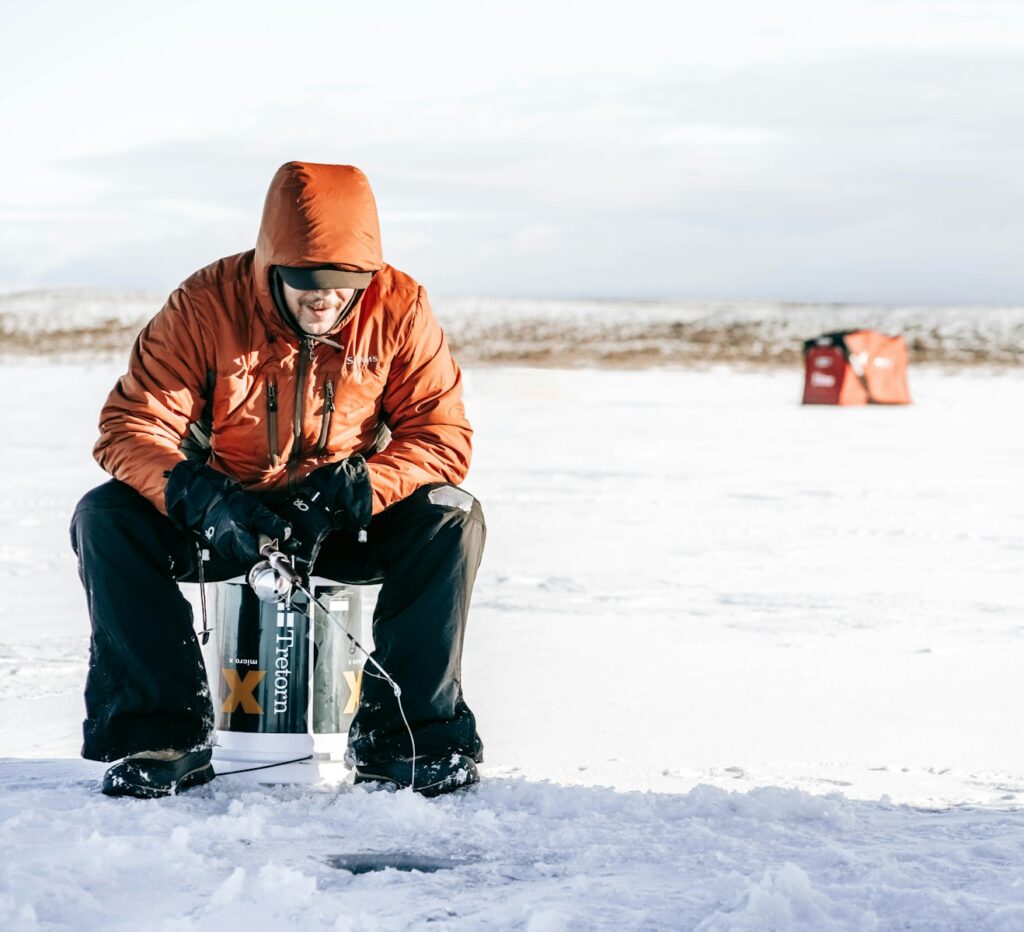
Before you even think about fishing, understanding ice safety is paramount to preventing accidents and potentially life-threatening situations. Always check ice thickness using an ice auger or spud bar, ensuring you have at least 4 inches of clear, solid ice for walking and 12-15 inches for driving small vehicles. Remember that ice rarely freezes uniformly—areas near inlets, outlets, or with underwater springs may have dangerously thin ice even when surrounding areas are solid. Always fish with companions and carry basic safety equipment including ice picks, a throw rope, and a flotation device. Many experienced anglers also recommend wearing ice cleats to prevent slipping and a life jacket or float suit that provides both warmth and buoyancy in case of breakthrough.
2. Invest in Quality Cold-Weather Gear
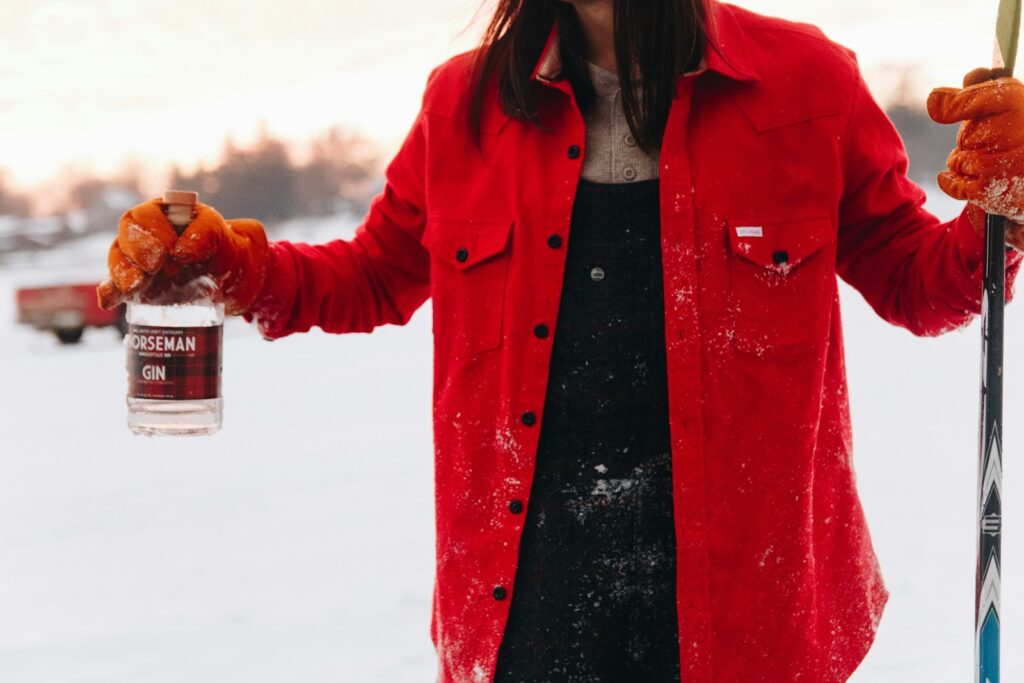
Staying comfortable in sub-freezing temperatures is essential for an enjoyable and extended fishing session. The key to winter warmth is layering, starting with moisture-wicking base layers that keep sweat away from your skin, followed by insulating middle layers like fleece or wool, and topped with a windproof and waterproof outer shell. Pay special attention to extremities—quality waterproof boots rated for sub-zero temperatures, insulated gloves that allow dexterity for handling gear, and a warm hat that covers your ears will significantly impact your comfort level. Many dedicated ice anglers also invest in specialized ice fishing suits or bibs that provide flotation and extreme insulation.
Remember that being cold not only makes fishing miserable but also impairs decision-making and increases safety risks, so quality gear should be considered an investment in both comfort and safety.
3. Choose the Right Location on the Lake
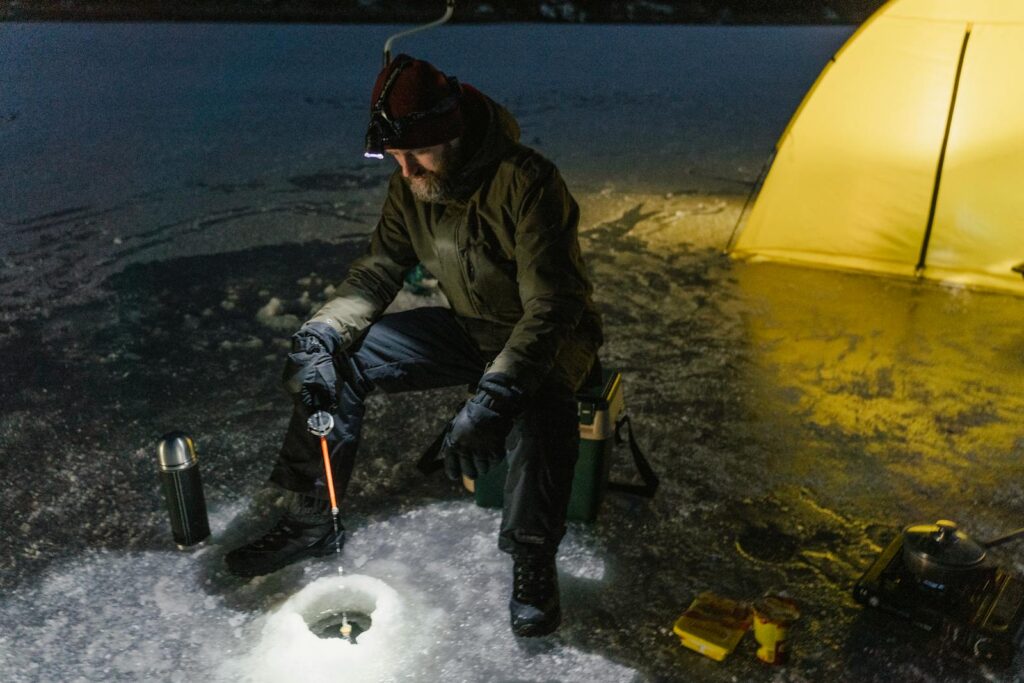
Finding productive fishing spots requires understanding underwater topography and winter fish behavior. In winter, many fish species congregate in predictable locations—often seeking deeper water with stable temperatures or transitional areas where depths change. Start by researching the lake before your trip, looking for underwater structure like drop-offs, underwater points, weed beds, and submerged humps where fish naturally gather. Technological tools like lake contour maps, GPS units, and smartphone apps designed for anglers can provide valuable information about underwater features.
Many experienced ice anglers also follow the “community hole” principle, observing where others are successfully fishing, though venturing away from crowds often yields better results once you’ve developed your skills. Remember that fish location changes throughout winter—early ice season finds fish in different locations than late winter when oxygen levels may become depleted in certain areas.
4. Select Appropriate Equipment for Target Species
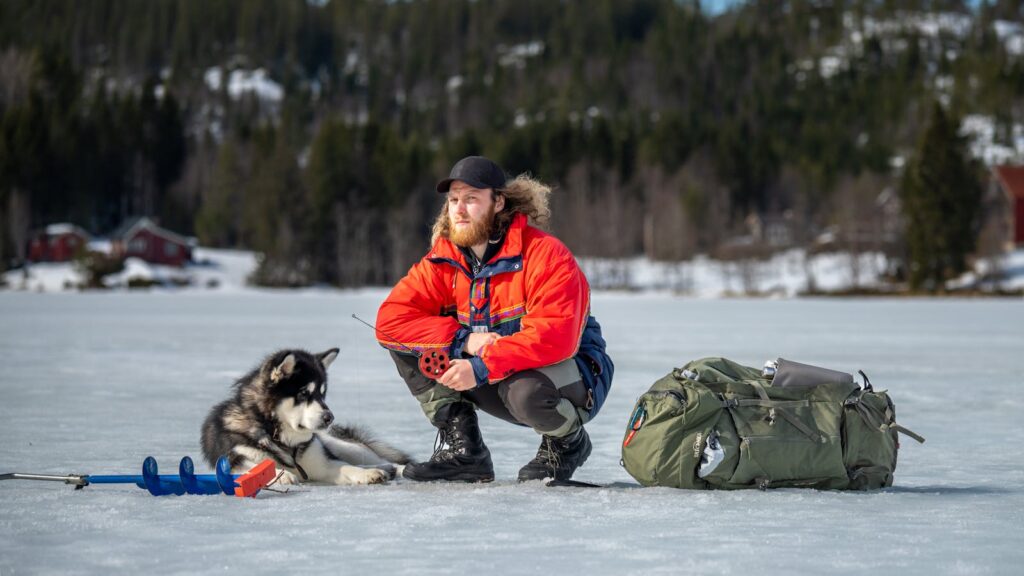
Ice fishing equipment needs vary significantly depending on your quarry, from ultralight setups for panfish to heavier gear for pike or lake trout. Short ice fishing rods (24-36 inches) provide better control when fishing in confined spaces like ice shelters and allow for effective hook sets when fish bite. For most species, medium-light to medium action rods paired with quality reels containing fresh, cold-weather-rated line will serve well. Line choice is particularly important—monofilament becomes stiff in cold temperatures, while fluorocarbon and specialized ice fishing lines maintain performance in freezing conditions.
Terminal tackle should match your target species, with small tungsten jigs excelling for panfish, while larger spoons or jigging raps may trigger predatory fish like walleye or pike. Don’t overlook the importance of having the right tools on hand, including ice augers (hand, propane, or electric), ice scoops to keep holes clear, and appropriate landing equipment.
5. Master the Art of Hole Selection and Management
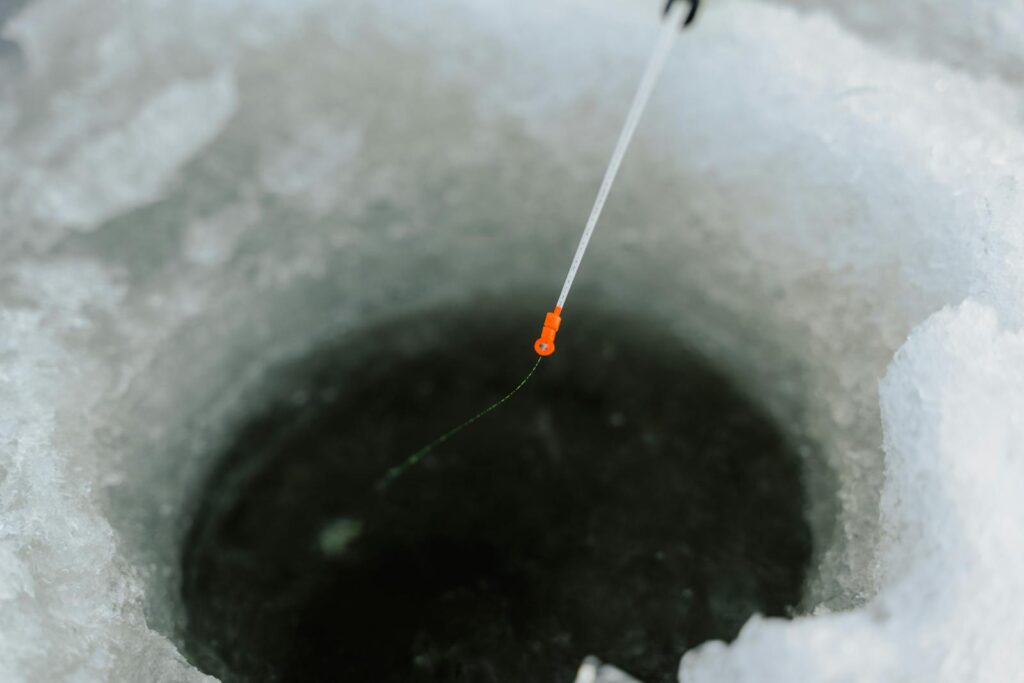
Strategic hole drilling significantly improves your chances of locating and catching fish throughout the day. Rather than drilling all your holes at once and creating excessive noise that may spook nearby fish, consider drilling a few exploratory holes first to locate fish before creating your full spread. Many successful anglers employ the “Swiss cheese” approach, drilling multiple holes in a pattern that allows them to follow schools of fish or test different depths and structures. Keep holes from freezing over by periodically removing slush and ice chunks with an ice scoop, or use commercially available hole covers for longer periods away.
In areas where regulations permit multiple lines, create a system to efficiently monitor multiple holes—perhaps focusing active jigging on one hole while using tip-ups or deadsticks in others. Remember that each hole creates a column of light penetrating the darkness below, which can attract curious fish to your presentation.
6. Understand Winter Fish Behavior
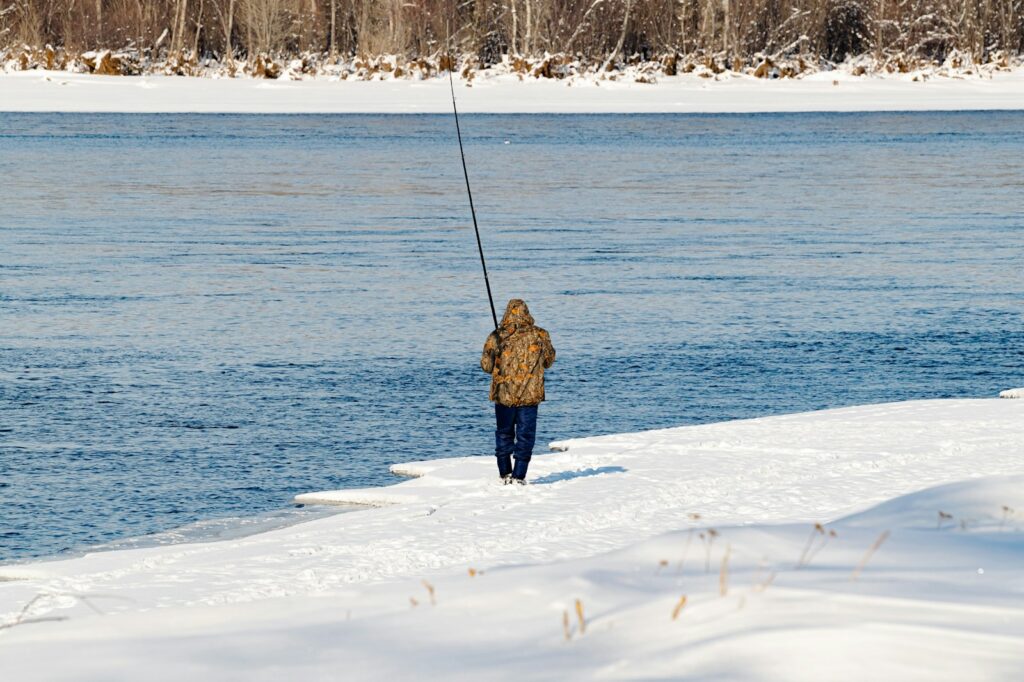
Fish metabolism slows dramatically in cold water, fundamentally changing their feeding patterns and activity levels compared to warmer months. This biological reality means most fish move less, feed less frequently, and are less aggressive during winter—requiring anglers to adjust their expectations and techniques accordingly. Different species display distinct winter behaviors: panfish often suspend at mid-depths and feed on tiny zooplankton, walleye frequently become more active during dawn and dusk transition periods, while pike may remain opportunistic predators throughout the day. Understanding these patterns allows you to time your fishing efforts for maximum effectiveness and choose appropriate presentations.
Many experienced ice anglers note that fish often become more active during stable weather periods and may become sluggish during significant weather changes or approaching storms. Learning to identify prime feeding windows—often coinciding with barometric pressure stability—can dramatically increase your success rate.
7. Present Baits with Subtle, Enticing Movements
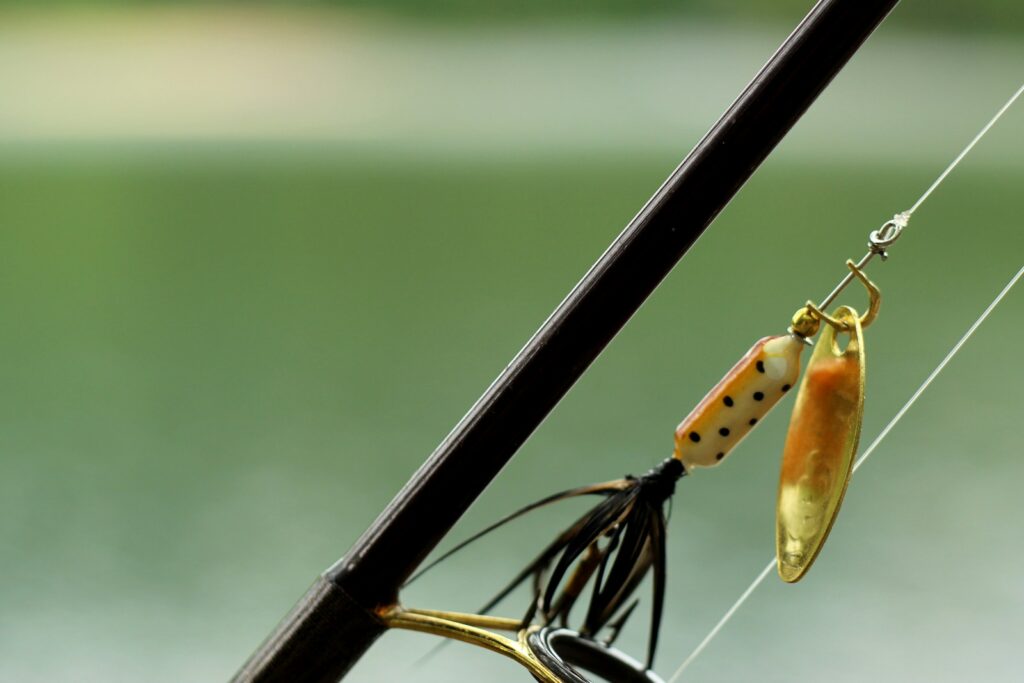
With fish less aggressive during winter, presentation techniques require greater finesse and patience than open-water fishing. The most productive jigging techniques typically involve subtle movements that trigger feeding responses without spooking lethargic fish. For panfish and perch, try the “dead stick” approach where the bait remains nearly motionless with occasional tiny twitches, or employ a gentle “pound and pause” rhythm with several seconds between movements. When targeting predatory fish like walleye or pike, more aggressive but still controlled jigging strokes that mimic injured baitfish often produce strikes.
Electronics have revolutionized presentation by allowing anglers to watch fish approach their bait and adjust jigging style in real-time based on fish reaction. Pay close attention to how fish interact with your presentation—sometimes they’ll strike aggressively, while other times they may mouth the bait tentatively, requiring you to set the hook at precisely the right moment.
8. Utilize Modern Electronics and Technology
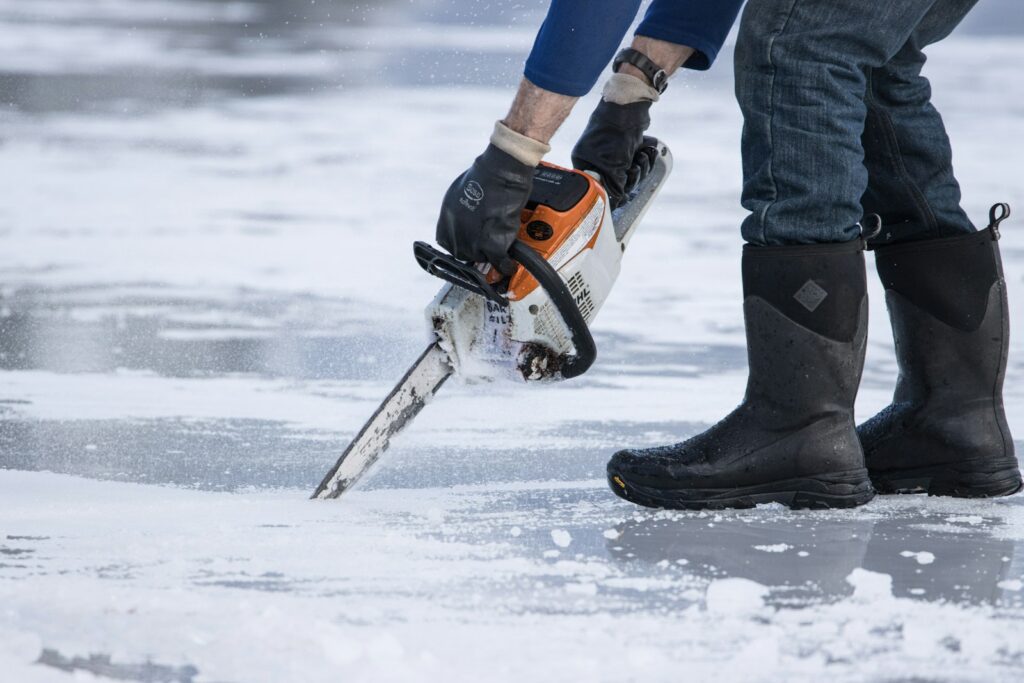
Today’s ice fishing electronics have transformed the sport from guesswork to a precise science, dramatically increasing efficiency and success rates. Portable fish finders and flashers show real-time information about depth, bottom composition, underwater structure, and most importantly, the presence and behavior of fish. These devices allow you to immediately confirm whether fish are present in your area and observe how they react to different presentations—information that would otherwise remain invisible beneath the ice. GPS units help mark productive spots for return visits and navigate safely in low-visibility conditions.
Many contemporary anglers also employ underwater cameras that provide a fish-eye view of the underwater environment, offering insights into fish behavior and helping refine presentations. While these technologies represent significant investments, they pay dividends in increased catch rates and enhanced understanding of the underwater environment, ultimately making you a more effective and knowledgeable ice angler.
9. Be Mobile and Adaptable
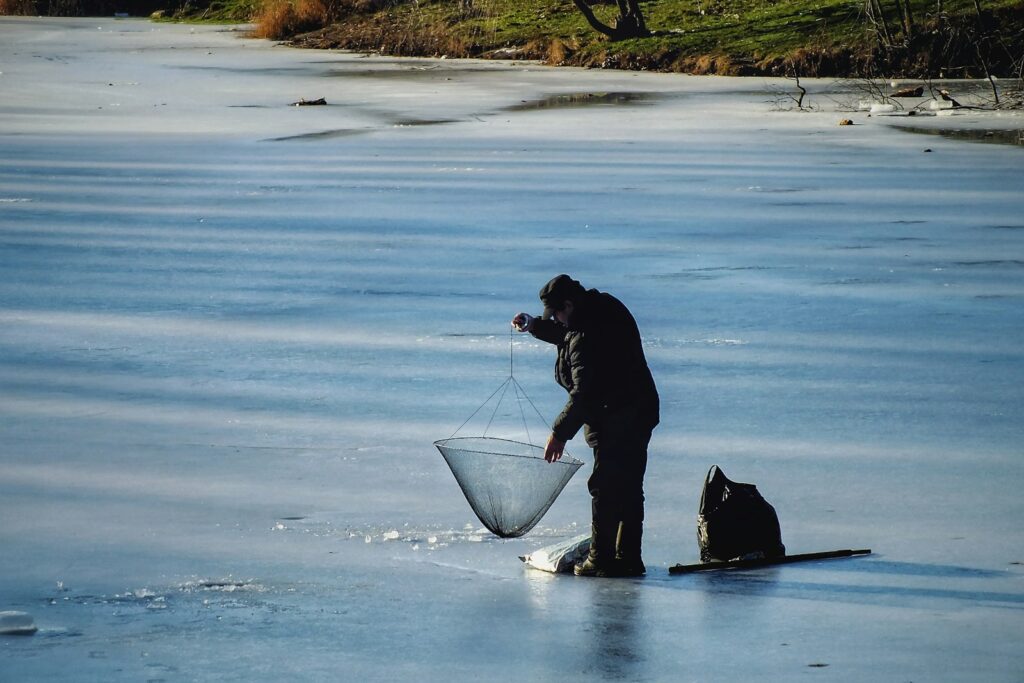
Perhaps the most common mistake among struggling ice anglers is remaining stationary when fish aren’t biting. Successful ice fishing often requires mobility—drilling multiple holes, testing different depths, and covering various structures until you locate active fish. Consider implementing the “15-minute rule”: if you haven’t had action in 15 minutes, change something—your depth, location, bait, or presentation style. Portable shelters like flip-overs or hub-style houses allow quick relocation while maintaining comfort. When using electronics, don’t waste time in areas devoid of fish signals; move until you find them, then fine-tune your presentation.
Adaptability extends beyond location to timing—being willing to fish during prime periods like dawn and dusk often yields better results than convenient mid-day hours. Many productive ice anglers maintain detailed logs of successful spots, noting weather conditions, time of day, and specific techniques that triggered bites, allowing them to establish patterns and make informed decisions during future outings.
10. Master Bait Selection and Preservation
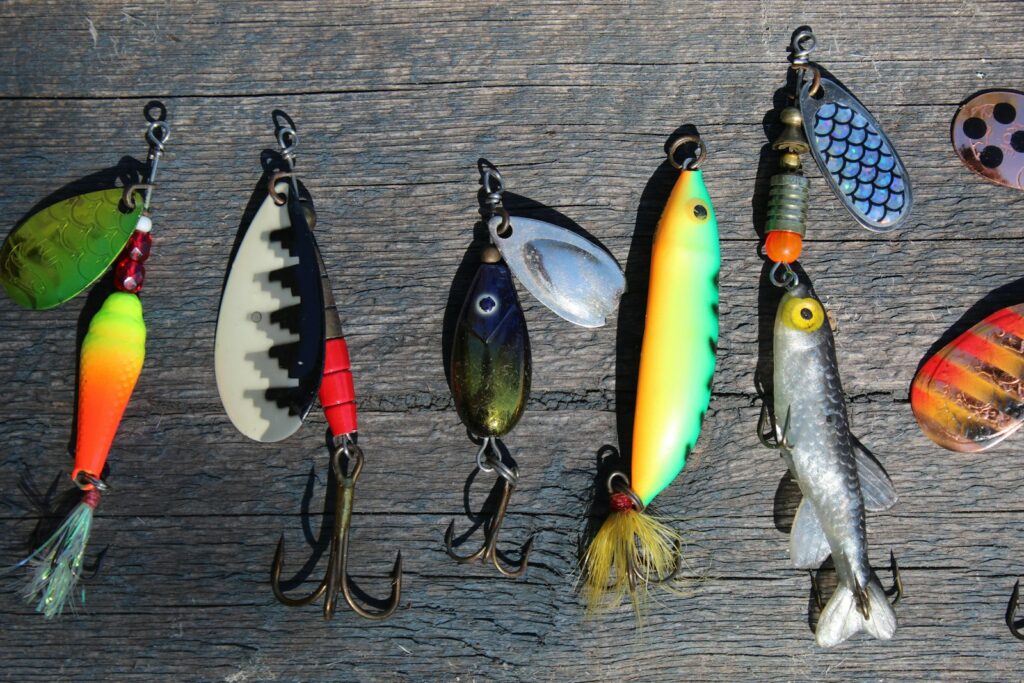
While artificial lures certainly have their place in ice fishing, live bait often proves irresistible to winter-lethargic fish. Different species have distinct preferences: waxworms, eurolarvae, and mousies excel for panfish; minnows in various sizes work for everything from perch to pike; and mealworms or spikes (maggots) attract a wide variety of species. Proper bait care is crucial in extreme temperatures—keeping minnows in insulated containers with battery-powered aerators prevents freezing and maintains their liveliness. For grubs and worms, body heat works wonders—keeping them in pockets close to your body prevents them from becoming stiff and unnatural looking.
Many successful anglers combine artificial jigs with live bait “sweeteners” attached to the hook, offering both the flash of the lure and the scent/taste of live bait. Don’t overlook the importance of bait freshness—replacing tired minnows or dead grubs with fresh ones can make the difference between getting ignored and triggering strikes.
11. Consider Ice Shelter Options

While some hardy anglers brave the elements in the open, ice shelters dramatically enhance comfort and often improve fishing success by allowing longer fishing sessions in any weather. Shelter options range from lightweight one-person flip-overs that set up in seconds to elaborate hub houses accommodating multiple anglers with amenities like seating and storage. Beyond comfort, shelters create darkness that eliminates light penetration through the ice hole, making your presentation more visible to fish below and preventing spooking wary species. Many anglers find that portable propane heaters safely used inside shelters transform the ice fishing experience, maintaining comfortable temperatures even during severe cold snaps.
When selecting a shelter, consider the balance between mobility and comfort—lighter models allow quick relocation to follow fish, while larger units provide more amenities but require more setup time. Remember that shelter options should match your fishing style—run-and-gun anglers benefit from ultralight flip-overs, while those who prefer to establish a base camp might invest in more substantial accommodation.
12. Develop a Complete Ice Fishing System

Beyond individual tips and techniques, the most successful ice anglers develop comprehensive systems that integrate all aspects of their approach. This systematic thinking connects your gear choices, location selection, fishing techniques, and adaptability into a cohesive strategy that consistently produces results across different conditions. Start by creating equipment packages optimized for specific target species—having dedicated setups for panfish, walleye, and pike allows quick adaptation as opportunities arise. Organize your gear for efficiency, using sled systems, buckets with seat attachments, or specialized ice fishing backpacks to transport equipment while maintaining easy access.
Establish personal routines for hole drilling, shelter setup, and electronics deployment that minimize wasted time and maximize fishing hours. Many experienced anglers also implement testing protocols—methodically trying different depths, jigging cadences, and bait options when entering new areas before settling on the most productive approach. Remember that systematic ice fishing isn’t about rigid rules but rather creating frameworks that help you make informed decisions efficiently in a challenging environment.
Conclusion
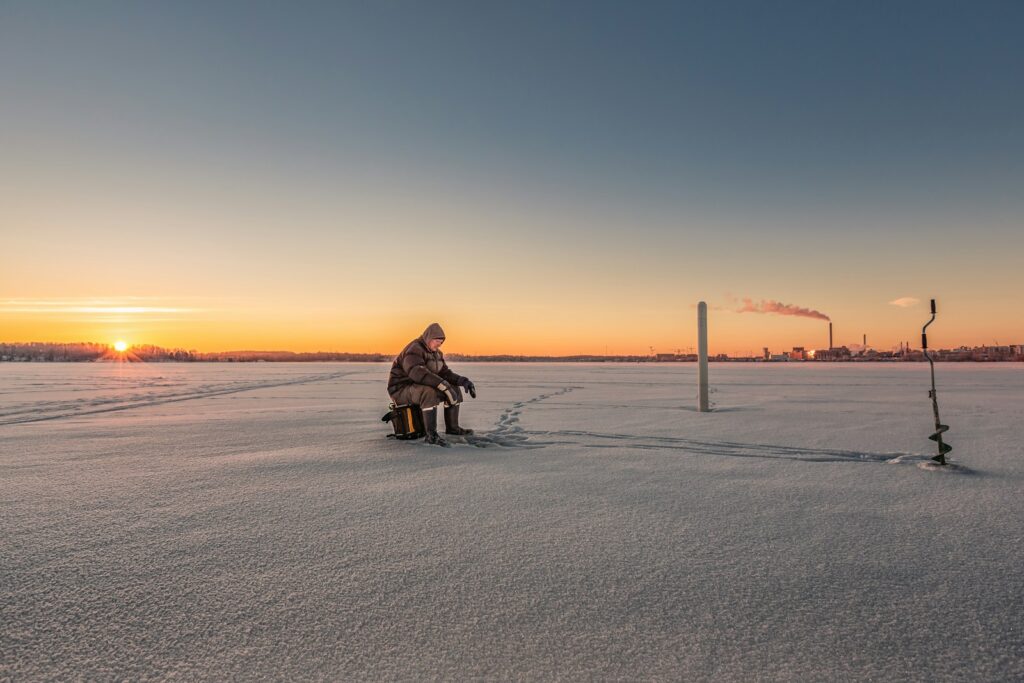
Ice fishing success combines preparation, knowledge, and adaptability. By prioritizing safety, investing in appropriate gear, understanding fish behavior, and employing strategic techniques, you’ll transform from merely enduring the cold to truly enjoying productive days on the ice. Remember that each outing offers learning opportunities—successful or not—that contribute to your development as an ice angler. The frozen lakes offer unique fishing experiences unavailable during open-water seasons, with the potential for memory-making catches and peaceful winter solitude.
Whether you’re after panfish for a fresh winter meal or pursuing trophy predators, these tips provide the foundation for rewarding ice fishing adventures. As with all fishing pursuits, patience remains a virtue—sometimes the most memorable catches come to those who persist through challenging conditions with confidence in their approach and appreciation for the winter wilderness.
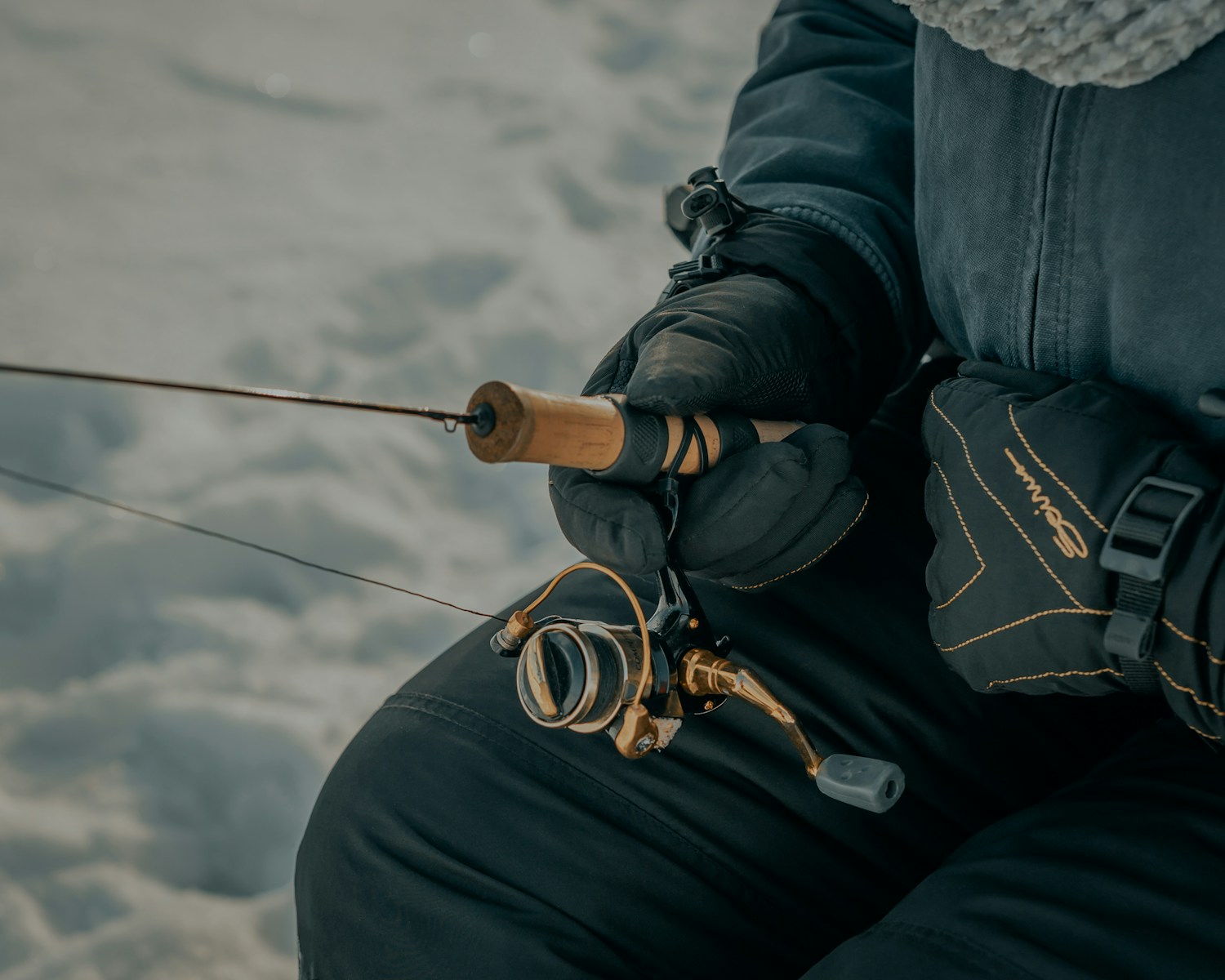
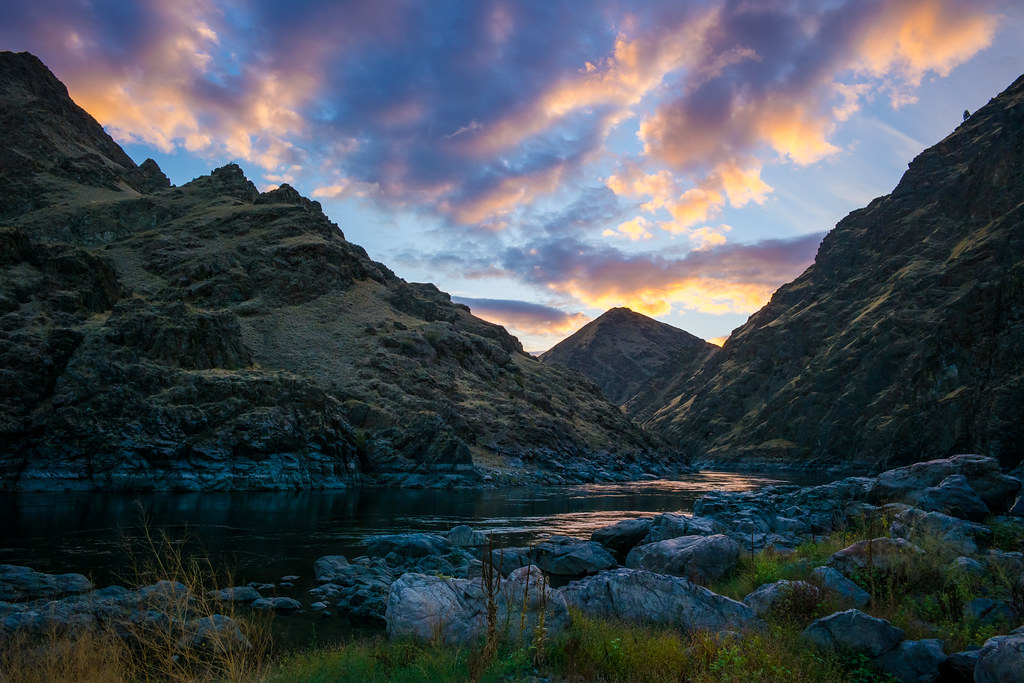

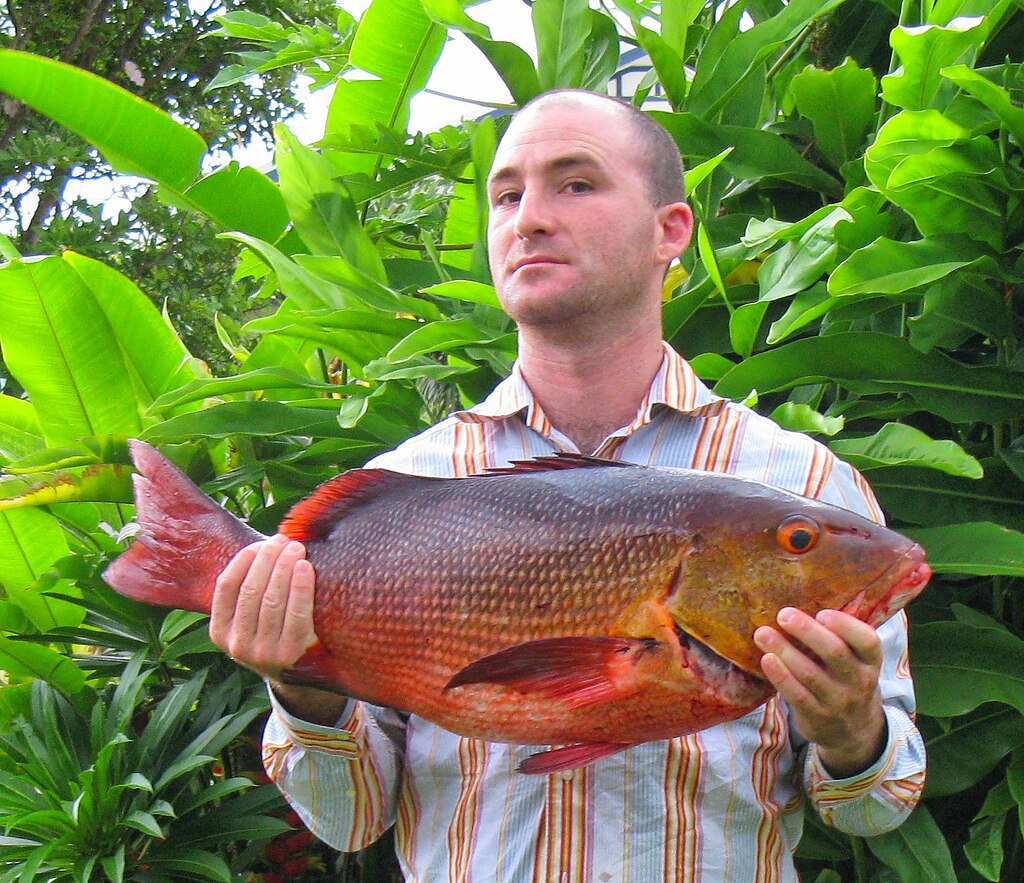










Post Comment